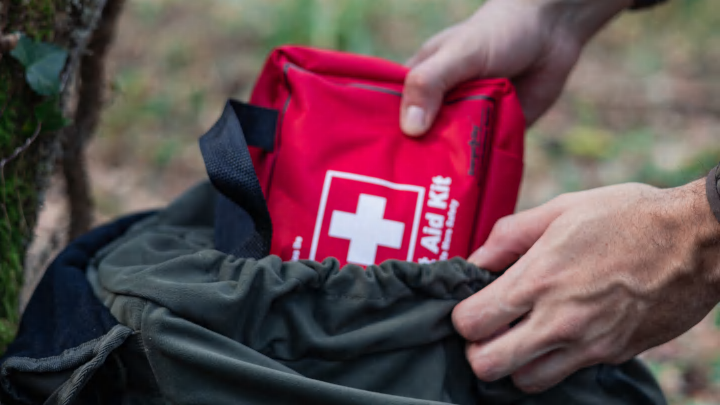How to Handle Diabetic Emergencies While on the Hiking Trail

According to the American Diabetes Association, more than 38 million Americans have diabetes and approximately 98 million adults have prediabetes. With such a vast number of people living with diabetes and an increasing number of outdoor recreationists, it's important to be familiar with diabetic emergencies.
Type 1 and Type 2 Diabetes: Type 1 diabetes is a chronic condition where the body doesn’t produce enough insulin. Type 2 diabetes occurs when the body doesn’t use insulin as it should. There are two primary forms of diabetic emergencies: hypoglycemia (low blood sugar) and hyperglycemia (high blood sugar). Both situations serve as a possibility on the trail.
Hypoglycemia: This develops when a patient’s glucose levels drop too low. Hypoglycemia tends to have a rapid onset. Signs and symptoms include cool, clammy, and sweaty skin, rapid heartbeat, and shaking. The patient may have an altered level of consciousness, and confusion, and can show signs of irritability.
Hyperglycemia: This develops when the patient has too much glucose and not enough insulin. While hyperglycemia develops at a slower rate than hypoglycemia, it is just as important to take action. Symptoms include increased thirst and hunger, frequent urination, nausea, and rapid heart rate.
Treatment: It is important to assist the patient in checking their blood sugar with a glucometer. If a diabetic emergency is present but you are not certain if hypoglycemia or hyperglycemia is involved, provide a conscious patient with a sugary substance such as a piece of candy, sweet food, or sugary drinks. Encourage the patient to rest. There may be a time when a patient is unconscious as a result of a diabetic emergency. In this case, carefully roll the individual into the recovery position and begin to place sugar on their lips, or massage their gums with a sugary substance such as honey or syrup. It is beneficial to carry these items in your medical kit.
Note: Evacuation may be required. Hike with a plan should an evacuation be needed for any form of emergency.
Prevention: There are some steps we should take to try and prevent diabetic emergencies from arising while in the backcountry.
- Remain hydrated and well-fed
- Come prepared with the medications you may need to manage your diabetes. Plan to bring more medicine than you think you will need.
- Monitor your levels regularly on your trip. In the book, The Backpacker’s Field Manual by Rick Curtis, it is recommended that diabetics test their levels every 2 hours while hiking.
- Inform your trip leader and/or hiking partners of any necessary medical information so your group is aware and can be proactive.
Final Notes: While hiking with diabetes requires extra precautions, that doesn’t mean you shouldn’t enjoy the trails. Your best hiking adventure is right around the corner if you know your limits, plan, and prepare.
